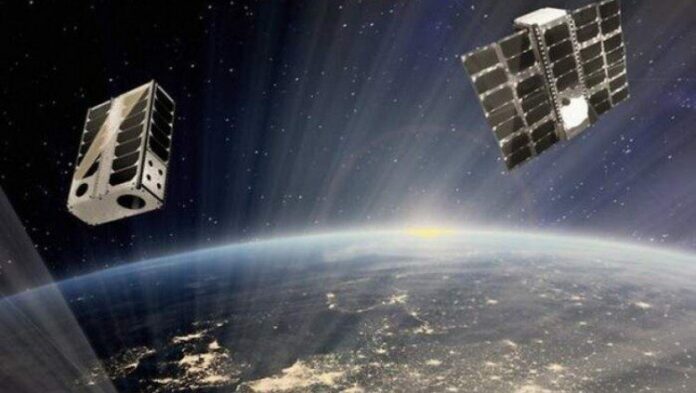Satellite telecom operator Sateliot is working to provide direct-to-satellite narrowband IoT (NB-IoT) connectivity, delivered by Low Earth Orbiting (LEO) satellites. The company announced this week a partnership with Amazon Web Services (AWS) to build a fully virtualized cloud-native 5G core for its NB-IoT service, expected to be commercially available sometime in the second half of 2023.
Sateliot’s plan is to provide seamless coverage for mobile operators via roaming agreements, rather than to sell the service itself. The technology will work with unmodified commercial devices that are compliant with the 3GPP R17 standard.
“This means that customers can continue using the same commercial RF module or device and SIM that they currently use to switch between their terrestrial network and Sateliot’s satellite constellation, without any additional hardware cost,” said Sateliot.
The new Release 17 version of 5G is set to be available in devices and networks some time in 2023. The release defines a work stream for all flavors of 5G in non-terrestrial networks (NTNs; in other words, satellite-based extensions of ground networks). This covers NB-IoT – even as the cellular community continues to struggle to build a head of stream around an NB-IoT ecosystem back on Earth.
Sateliot and AWS are using Magma as the basis for the project. Magma, sometimes described as “5G’s Linux,” is an open-source mobile core network solution originally developed by Facebook parent company Meta. Meta handed Magma stewardship over the Linux Foundation in 2021.
Sateliot predicts that its satellite-based service will be a key enabler for global NB-IoT deployments, since it provides a way for communication providers to deliver service using inexpensive radio modules.
Subscribe now to get the daily newsletter from RCR Wireless News
Sateliot launched its first test satellite, called 3B5GSAT, in March 2021. The microwave oven-sized satellite was launched from Baikonur, Kazakhstan; Sateliot partnered with Spanish company Open Cosmos on the launch. Sateliot describes Open Cosmos as “a provider that will be in charge of the mission from start to finish, from the design of the nanosatellite, manufacturing, licensing, logistics, launch and operation once in orbit.”
Gianluca Redolphi, chief business officer at Sateliot, said over the summer that Sateliot has already signed up more than 500 companies as part of its early adopters program, working towards a goal of 1,000. Among them are more than 40 IoT operators. The company expects ultimately to invest more than €300 million (US$287.5 million) in service of this market, he said.
With a successful test behind it, Sateliot said plans to launch its working constellation of LEO satellites to deliver this service beginning in the first calendar quarter of 2023. If all goes well, Sateliot’s commercial service will begin in the second half of the year.
In July, Telefónica announced a partnership with Sateliot, which operates offices in the U.S. and Spain. Telefónica said it is “testing” Sateliot’s new LEO satellite constellation. LEO satellites orbit at an altitude of between 500 and 1,000 kilometers (310-620 miles). Telefónica’s proposed satellite NB-IoT architecture, designed with Sateliot, integrates with its own managed IoT connectivity platform, called Kite.
A statement said: “The customer can control and monitor their power lines in real time and remotely from anywhere in the world through a web portal or via APIs.” It will go after NB-IoT contracts in the “agriculture, shipping, wind farms, solar farms, and livestock” sectors, it said.

